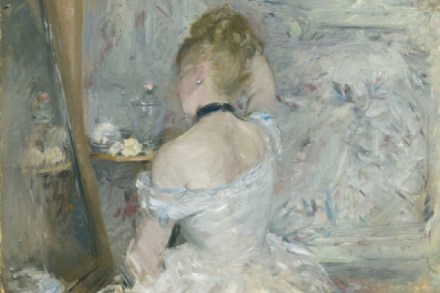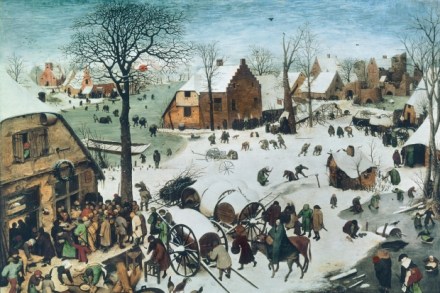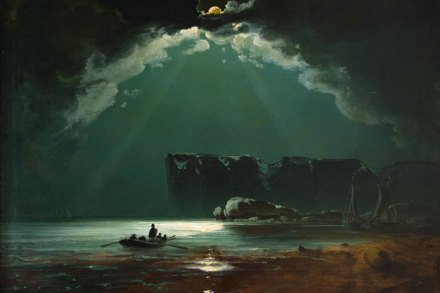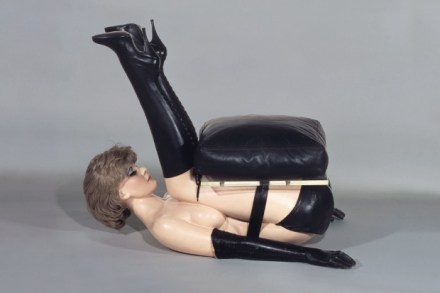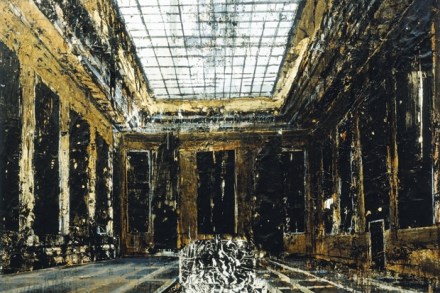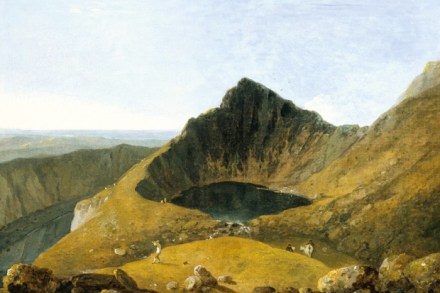2015 in exhibitions – painting still rules
The New Year is a time for reflections as well as resolutions. So here is one of mine. In the art world, media and fashions come and go, but often what truly lasts — even in the 21st century — is painting. Over the past 12 months, there has been a series of triumphs for pigment on canvas, including the glorious Veronese exhibition at the National Gallery, and a demonstration by Anselm Kiefer at the Royal Academy that we still have painters of towering stature among us. What will 2015 hold? Well, as far as painting is concerned — both old master and contemporary — there are some extremely promising
